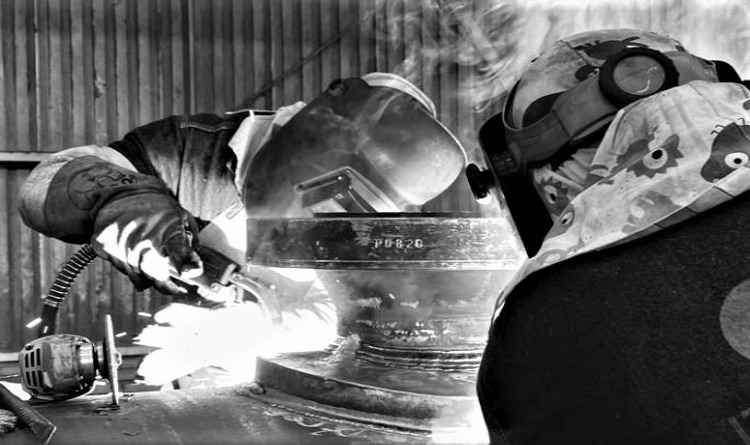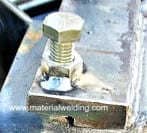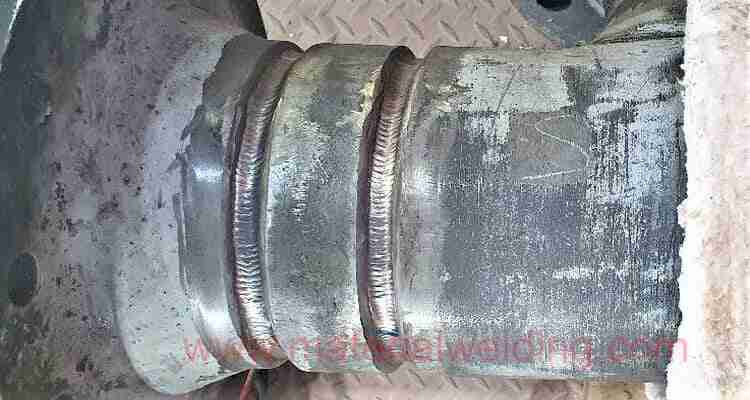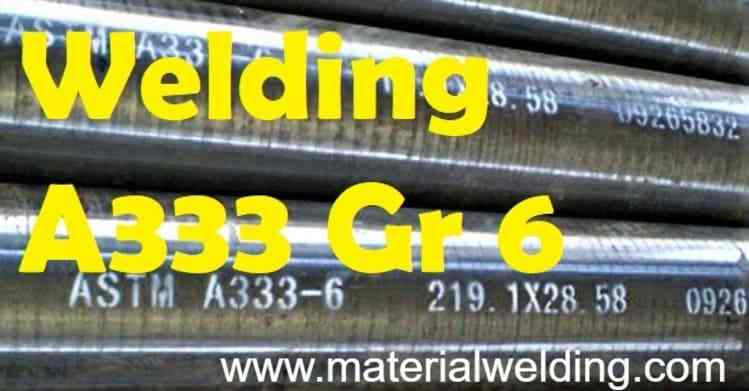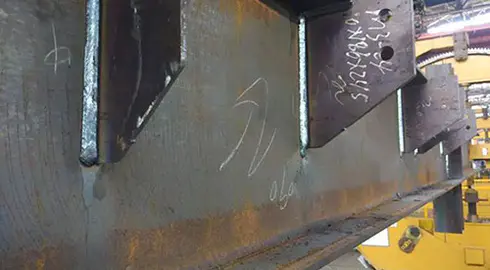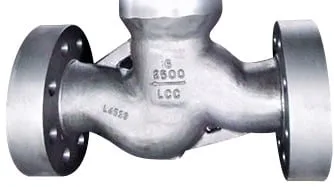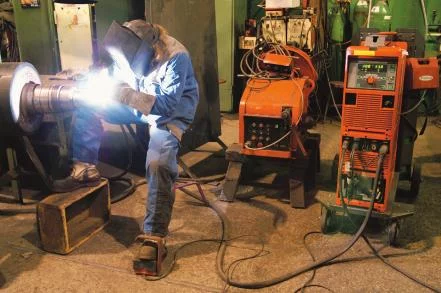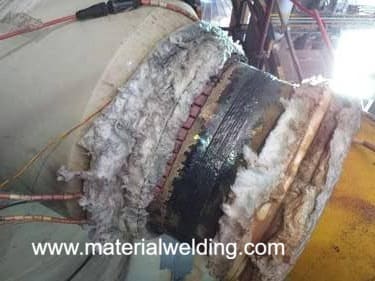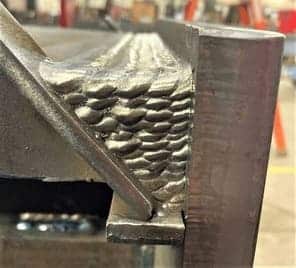ASTM A387 Grade 11 (K11789) Class 1 & Class 2 Steel Plate Properties
ASTM A387 Grade 11 class 1 & Class 2 are chrome-molybdenum low alloy steel plates that is commonly used in the oil and gas, petrochemical, and power generation industries for pressure vessels fabrications.
ASTM A387 Grade 11 is available in two class as Class 1 and Class 2. The main differences between two grades are the strength. Class 2 has a higher strength than class 1 steel.
This Grade 11 Class 2 material is known for its high strength and excellent corrosion resistance, making it ideal for use in high-temperature (up to 560° C) and high-pressure applications.
It is commonly used in the construction of pressure vessels designed for high temperatures service such as reactors & columns. The steel’s high chromium content also gives it exceptional resistance to corrosion and oxidation.
In this article, we will take a closer look at the properties, composition, and applications of ASTM A387 Grade 11.
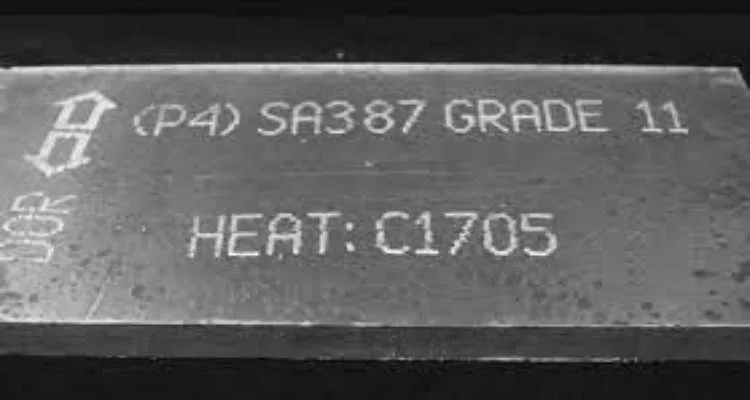
ASTM A387 Grade 11 Class 1 and Class 2 Equivalent materials
The UNS Number of ASTM A387 Grade 11 is K11789 (same UNS number for both classes). ASTM A387 Grade 11 is equivalent to other materials such as EN 1.7335, DIN 13CrMo4-5, ANFOR 15CD4-05, ASTM A182 F12 and JIS SCMV2.
ASTM A387 Grade 11 material specifications
ASTM A387 Grade 11 is as per ASTM A387 material specification that covers chrome-molybdenum alloy steel plates for use in pressure vessels and boilers.
Other equivalent material specifications for ASTM A387 Grade 11 are:
- DIN EN 10028-2
- EN 10216-2
- ISO 9328
- ASTM A182
- BS 620Gr.27
- GOST 12KHM
The material is suitable for use in high-temperature and high-pressure applications and is available in several grades, including Grade 11, which is covered in this article.
ASTM A387 Grade 11 Chemical Compositions
The chemical composition of ASTM A387 Grade 11 is as follows:
| Chemical Component | Composition (Heat analysis) | Composition (Product analysis) |
| Carbon (C) | 0.05-0.17% | 0.04-0.17% |
| Manganese (Mn) | 0.4-0.65% | 0.35-0.73% |
| Phosphorus (P) | 0.025% | 0.025% |
| Sulfur (S) | 0.025% | 0.025% |
| Silicon (Si) | 0.5-0.8% | 0.44-0.86% |
| Chromium (Cr) | 1.00-1.50% | 0.94- 1.56% |
| Molybdenum (Mo) | 0.45-0.65% | 0.4-0.70% |
| Others | Trace elements | Trace elements |
A summary of ASTM A387 Grade 11 chemical compositions as: Carbon (C) – 0.05-0.17%, Manganese (Mn) – 0.4-0.65%, Phosphorus (P) – 0.025%, Sulfur (S) – 0.025%, Silicon (Si) – 0.5-0.8%, Chromium (Cr) – 1.0-1.5%, Molybdenum (Mo) – 0.45-0.65%, and other trace elements.
ASTM A387 Grade 11 Mechanical Properties
The mechanical properties of ASTM A387 Grade 11 Class 1 include a minimum tensile strength of 415 MPa, a minimum yield strength of 240 MPa, and a minimum elongation of 19%.
Complete mechanical properties (tensile strength, yield strength & elongation) of ASTM A387 Grade 11 Class 1 and Class 2 are listed in the below table as per ASTM A387 standard:
| Mechanical Properties | Value (Class 1) | Value (Class 2) |
| Tensile Strength | 55- 80 Ksi (415-585 MPa) | 75-100 Ksi (515-690 MPa) |
| Yield Strength | Minimum 35 Ksi (240 MPa) | Minimum 45 Ksi (310 MPa) |
| Elongation | min 18% in 8-inch & 22% in 2-inch | min 18% in 8-inch & 22% in 2-inch |
| Toughness | Not specified | Not specified |
ASTM A387 Grade 11 applications
ASTM A387 Grade 11 is commonly used in the oil and gas, petrochemical, and power generation industries.
It is ideal for use in high-temperature and high-pressure applications such as heat exchangers, boilers, and pressure vessels.
It is also used in the construction of pipelines and storage tanks, as well as in the manufacturing of valves and other components that are exposed to high temperatures and pressures.
In summary, ASTM A387 Grade 11 is a chrome-molybdenum alloy steel that is known for its high strength and excellent corrosion resistance.
This material is commonly used in high-temperature and high-pressure applications in the oil and gas, petrochemical, and power generation industries.
With its chemical composition and mechanical properties, it is an ideal material for use in heat exchangers, boilers, and pressure vessels.
